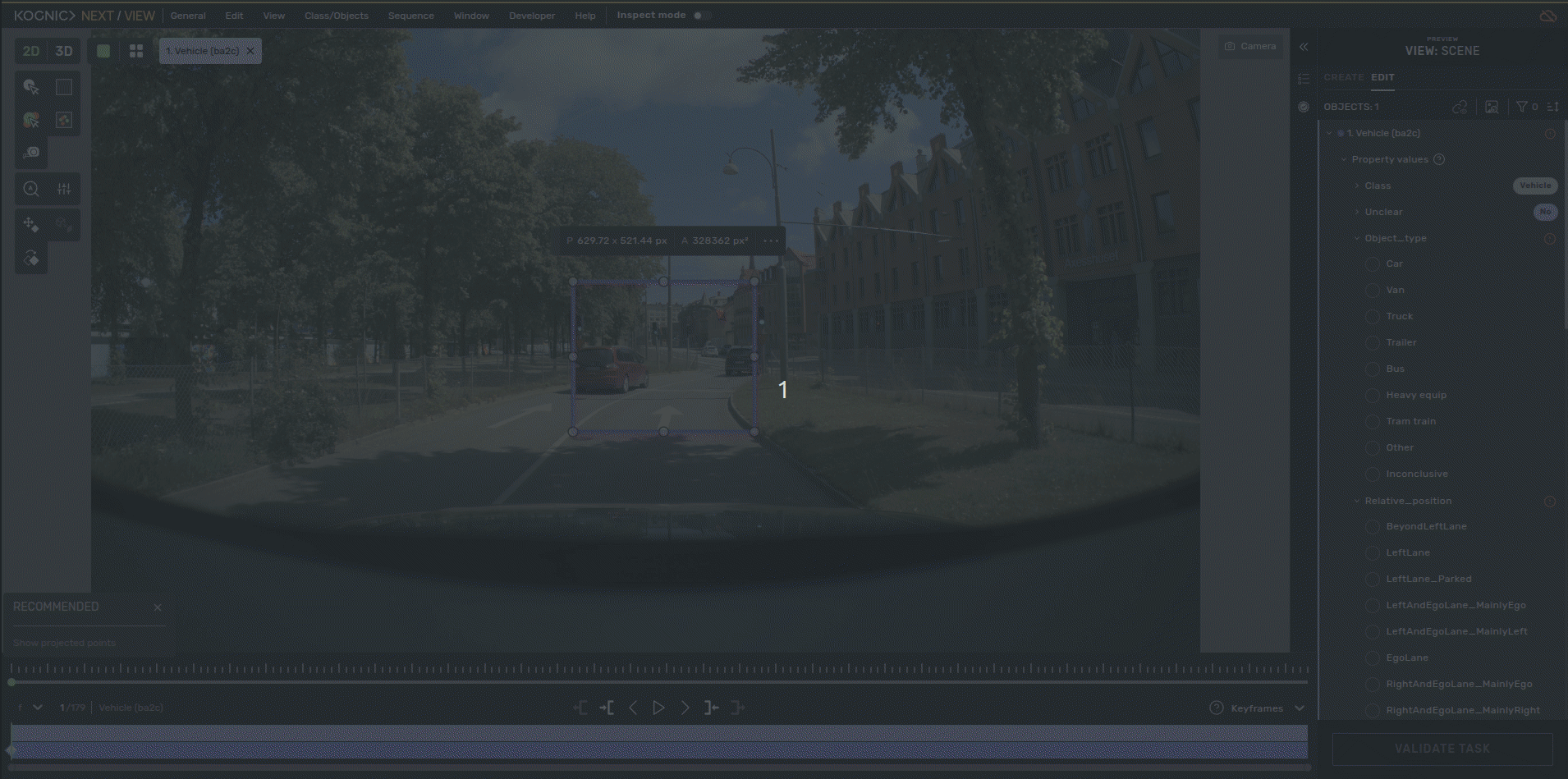We help humans train machines that move
We enable collaboration between humans and AI to transform multimodal data into reliable ground truth, enabling autonomous systems to learn, adapt, and behave in ways that meet human expectations.
Human feedback is our foundation.
We believe human feedback is irreplaceable in autonomy. It accelerates learning, validates safety, and defines what “good behavior” looks like. AI delivers speed, but humans set the direction.

of annotation for autonomy.
on real-world multi-modal data.
Working as one.
.png?width=494&height=480&name=content%20(1).png)
We are Kognic
As the trusted partner for autonomous system development, we provide the essential tools and expertise needed to create reliable, high-performing AI solutions. Our platform accelerates development cycles while maintaining the highest standards of data quality and consistency.
Kognic’s Platform tooling, driven by its core human feedback and leading annotation engine, helps OEMs fine-tune these models for prediction and prevention of critical system events.

Our expertise
Our team combines deep technical knowledge with practical industry experience. We bring together experts in computer vision, machine learning, software development, and data science to deliver comprehensive solutions for autonomous system development.
Company & Press: press@kognic.com
People & Culture: people@kognic.com
Sales: sales@kognic.com
.png?width=2000&name=kognic%20logo-black%20(1).png)